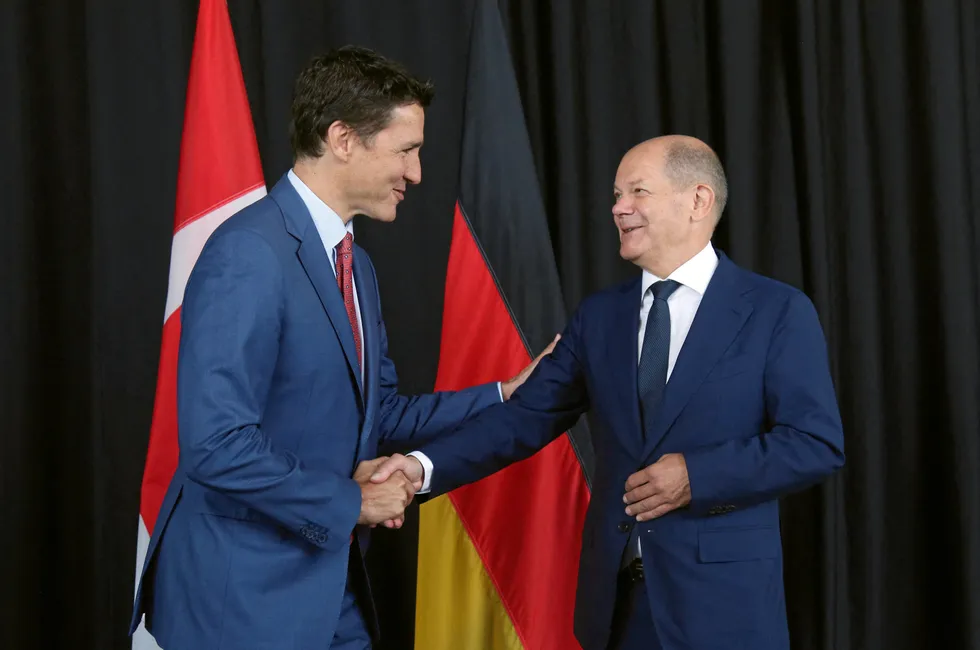EXCLUSIVE | How many international clean-hydrogen offtake contracts have actually been signed?
Despite politicians' 'hydrogen diplomacy' and millions of dollars being spent developing H2 export projects, only four supply deals have been sealed — all for green or blue ammonia, says BNEF
